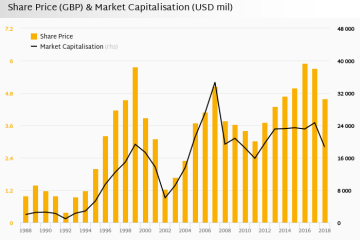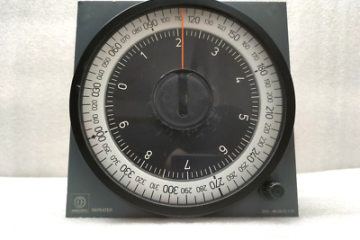NATO’s Strategic Response to Russian Drones over Poland

The Rising Threat of Russian Drones
The use of drones in modern warfare has become a considerable concern, particularly in areas close to geopolitical hotspots. Recently, Poland has seen an uptick in the presence of Russian drones, raising alarms within NATO. As tensions escalate following Russia’s military actions in Ukraine, Poland’s geographical position as a NATO member country on the border with Ukraine makes it a focal point for both security and diplomatic engagement.
Recent Developments
In the past month, Polish defense officials reported multiple incursions by Russian drones into Polish airspace. These incidents have not gone unnoticed, prompting swift reactions from NATO allies. Reports indicate that these drones are believed to be conducting surveillance operations, posing questions regarding Poland’s air security and NATO’s overall defence strategy in Eastern Europe.
In response, NATO has ramped up its air patrols in the region, deploying additional fighter jets and surveillance aircraft to monitor potential threats. NATO Secretary-General Jens Stoltenberg reaffirmed the alliance’s commitment to defend every inch of its territory, emphasizing the importance of air sovereignty. Furthermore, NATO countries have increased joint exercises to strengthen their response capabilities against such threats.
National and International Reactions
The Polish government has also taken a proactive approach by enhancing its air defence systems. Authorities are reviewing their current military capabilities to deter drone operations effectively. Polish Defence Minister Mariusz Błaszczak has stated that strengthening national defence is crucial for the protection of its airspace.
Internationally, the incidents have sparked debates among NATO members about the need for enhanced drone detection and countermeasure technologies. Analysts suggest that the alliance must invest more in cutting-edge technologies to respond to the evolving nature of warfare, where unmanned aerial vehicles are becoming increasingly common.
Conclusion: A Call for Preparedness
The escalating use of drones by Russia near Poland exemplifies the challenges faced by NATO in an era of hybrid warfare. As threats become more sophisticated, NATO’s robust response capabilities will be essential in maintaining peace and stability in the region. Analysts believe that enhancing aerial defence systems and increasing collaboration between member nations will be key to countering any future drone incursions effectively. As the situation develops, Poland remains a crucial player in NATO’s strategy to deter Russian aggression, highlighting the alliance’s role as a crucial pillar of European security.









